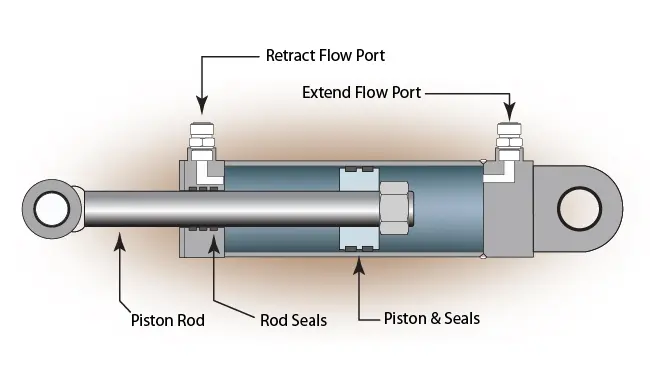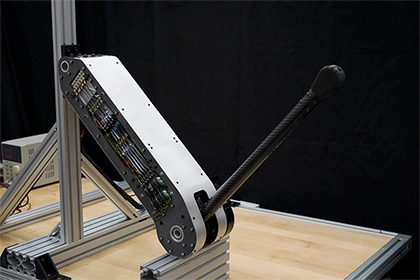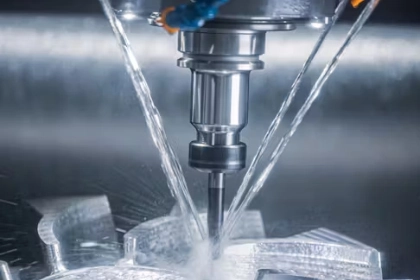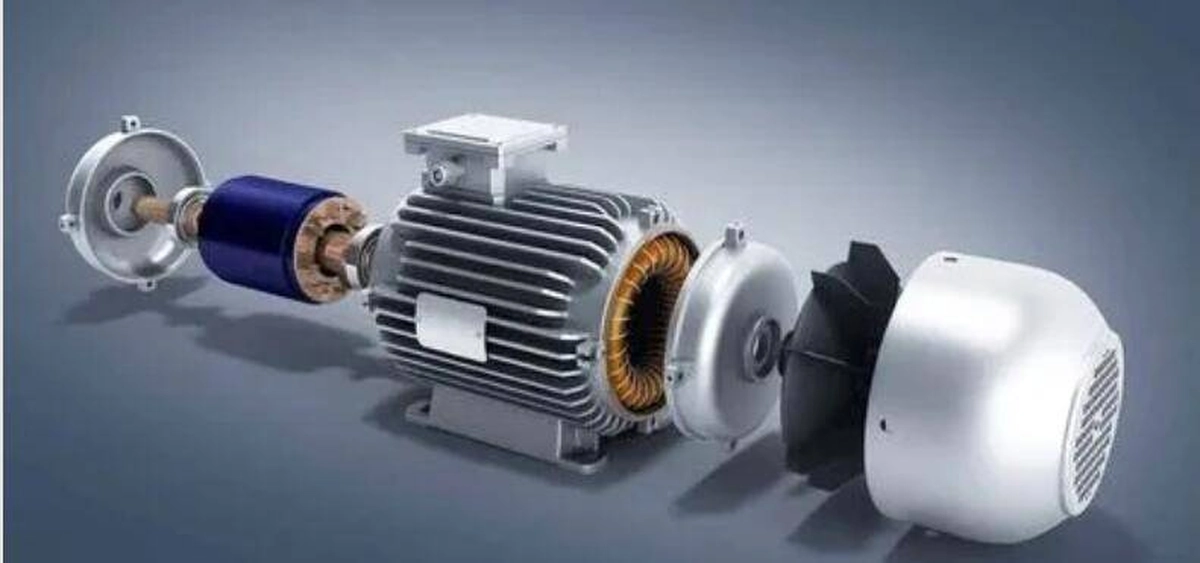- +86 19149417743
- Zhengzhou, Henan Province, China
- Mon-fri: 8am - 7pm
Get a quote

Linear actuators, also known as linear drives or linear motion devices, are electromechanical devices that convert rotational motion into linear motion along a straight line. They play a crucial role in various industries, providing precise and controlled movement for a wide range of applications.
A linear actuator consists of an electric motor, a gearbox, and a lead screw mechanism. The motor generates rotational force, which is then transferred to the gearbox and amplified. The lead screw converts the rotary motion into linear motion, pushing or pulling a load along a defined path.
Linear actuators can be categorized based on their power source:
Electric linear actuators: These actuators utilize electric motors, either AC or DC, to drive the linear motion. They are widely used due to their cleanliness, efficiency, and controllability.
Pneumatic linear actuators: Compressed air is used to generate force in pneumatic actuators. They are advantageous in applications requiring high power density and resistance to harsh environments.
Hydraulic linear actuators: Hydraulic fluid provides the actuating force in hydraulic actuators. They offer high force output and precise control, making them suitable for heavy-duty applications.
Linear actuators are found in a vast array of applications across various industries:
Automotive: Linear actuators are employed in automotive systems for opening and closing doors, trunks, sunroofs, and windows. They also control seat adjustments, mirror positioning, and various other mechanisms.
Manufacturing: In manufacturing plants, linear actuators are used for material handling, robotic automation, and process control applications. They precisely position and move components, ensuring efficient and accurate production.
Medical Equipment: Linear actuators power adjustable beds, patient lifts, and surgical devices. They provide controlled movement for patient care and treatment.
HVAC and Building Automation: Linear actuators regulate dampers, valves, and ventilation systems in HVAC systems. They also control access doors, window shutters, and blinds in building automation applications.
Agriculture: Linear actuators are used in agricultural machinery for adjusting harvester heads, steering irrigation systems, and controlling machinery attachments.
Aerospace and Defense: Linear actuators play a critical role in aerospace and defense applications, operating aircraft control surfaces, positioning missile guidance systems, and adjusting landing gear mechanisms.
Linear actuators are versatile and indispensable components in modern technology. Their ability to convert rotational motion into precise linear movement has revolutionized various industries, enabling automation, enhancing control, and improving efficiency. As technology advances, linear actuators will continue to play an even more significant role in shaping the future of mechanical systems.
 2024-08-30 16:01:40
Engineering
2024-08-30 16:01:40
Engineering
 2024-07-26 14:09:13
Engineering
2024-07-26 14:09:13
Engineering
 2024-07-18 09:42:00
Engineering
2024-07-18 09:42:00
Engineering